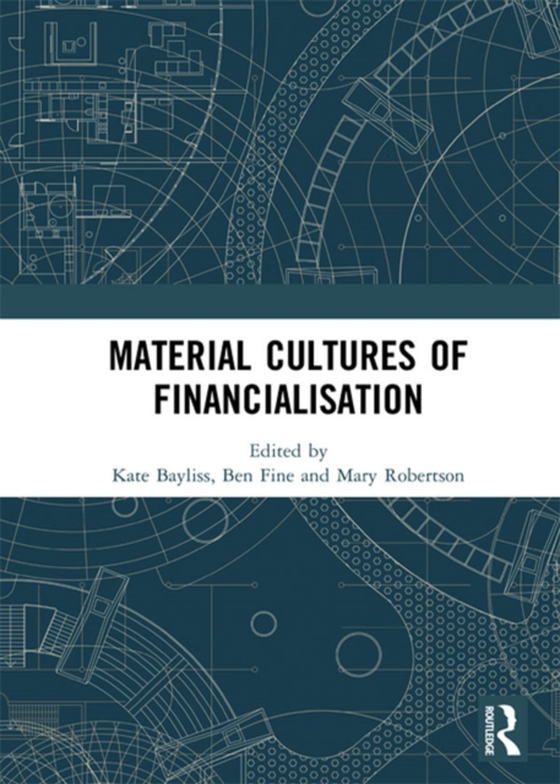
Material Cultures of Financialisation e-bog
348,37 DKK
(inkl. moms 435,46 DKK)
This collection offers pathbreaking framing of the material culture of financialisation. It begins with a tight definition of financialisation in order to distinguish the phenomenon of financialisation from its effects and from the looser associations prevalent within much of the literature such as the presence of credit or even simply (more extensive) monetary relations. To locate financialisa...
E-bog
348,37 DKK
Forlag
Routledge
Udgivet
28 april 2020
Længde
112 sider
Genrer
Economics, Finance, Business and Management
Sprog
English
Format
epub
Beskyttelse
LCP
ISBN
9780429808340
This collection offers pathbreaking framing of the material culture of financialisation. It begins with a tight definition of financialisation in order to distinguish the phenomenon of financialisation from its effects and from the looser associations prevalent within much of the literature such as the presence of credit or even simply (more extensive) monetary relations. To locate financialisation within economic and social reproduction, of which material culture is a part, close attention is paid to the distinctive forms of financialisation arising from commodification, commodity form and commodity calculation. The differences in the extent to which, and how, these prevail are addressed through the innovative system of provision approach and its framing of material culture through use of ten distinctive attributes of such cultures, known as the 10Cs (Constructed, Construed, Conforming, Commodified, Contextual, Contradictory, Closed, Contested, Collective and Chaotic). This framing of the cultures attached to financialisation is then illustrated through case studies demonstrating the diverse ways in which shifting cultures have served to embed financialisation in our daily lives. After a discussion of the material culture of financialisation itself there are two sector examples which review financial cultures in the provision of water and housing. These are followed by considerations of financialisation in financial literacy and financial inclusion, the media and, finally, well-being. The chapters in this book were originally published in a special issue of New Political Economy.
 Dansk
Dansk

